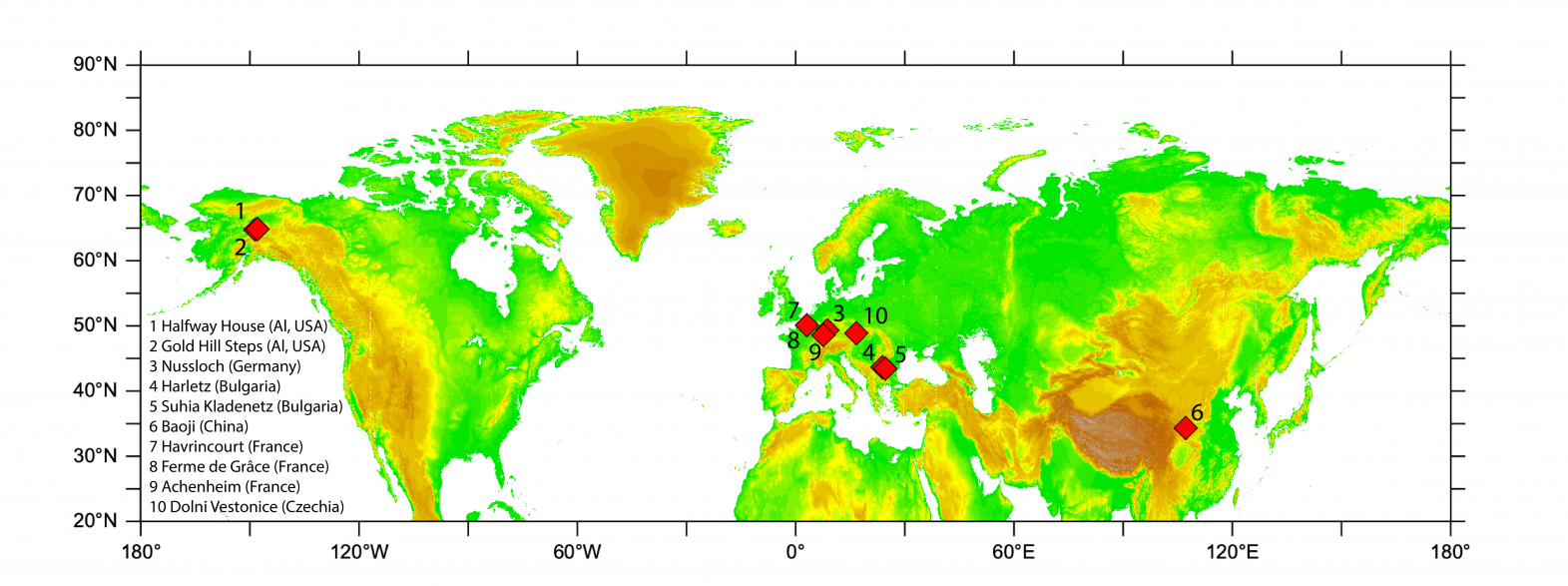Environmental magnetism
Loess deposits cover a large proportion of continental surfaces in temperate environments. They are the only archive of past atmospheric circulation, unmatched by other archives in terms of spatial and temporal continuity of continental climate from the Miocene to the present, and have a proven potential to archive global and regional climate change as well as local environmental change. It is from the primary aeolian sediment, the loess, that we can trace the atmospheric circulation (wind direction, intensity) of the past via variations in mineralogical assemblage, grain size (sedimentary and magnetic) and concentration of different mineralogical components. The pedogenic alteration of loess leading to the formation of soils reflects the climatic conditions at the time of soil formation. The environment in which the loess deposit evolves can also leave its mark in the form of diagenetic alteration or post-depositional deformation of the loess sediment. The stratigraphy of the loess deposit is constructed according to the accumulation of the loess, its variations in rate and frequency and evolves when the rates of alteration exceed the rates of accumulation. The weathering rate is mainly constrained by the climate where humidity and temperature are important factors but also by the vegetation, microorganisms and the geomorphological context.
Sequences studied or under study :
Alaska (Halfway House, Gold Hill Steps), Allemagne (Nussloch), Bulgarie (Harletz, Suhia, Kladenetz), Chine (Baoji), France (Havrincourt, Ferme de Grâce, Achenheim), République Tchèque (Dolni Vestonice)

…



